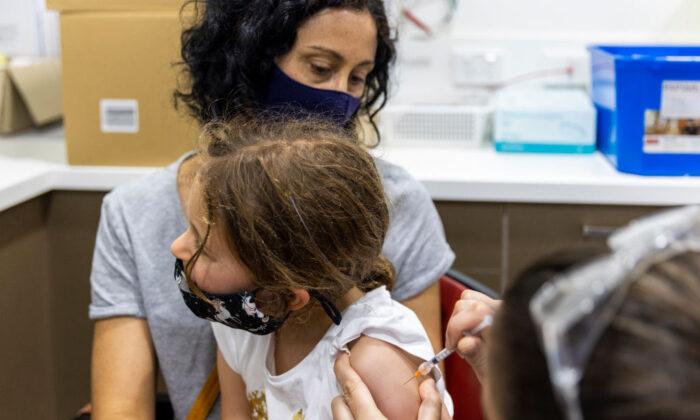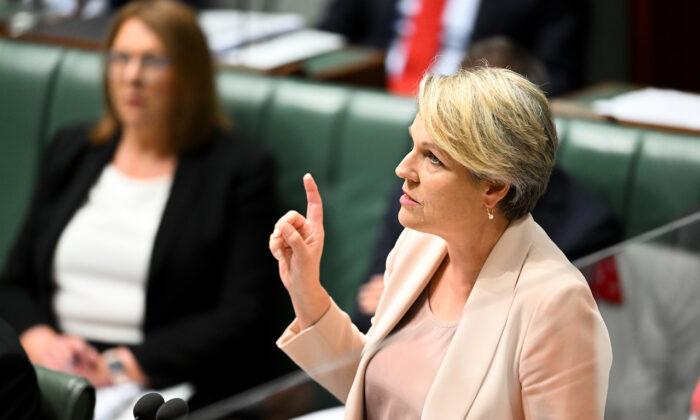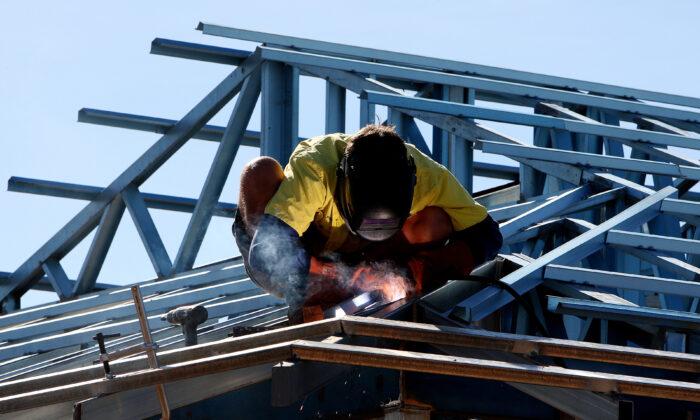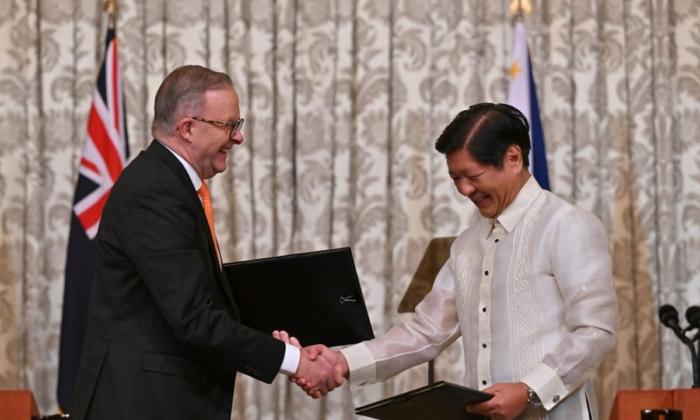An Australian mother is calling for better advice for parents and for long-term health studies on mRNA COVID-19 vaccines after her 12-year-old son was hospitalised with life-threatening pericarditis within hours of getting the jab.
Nat’s eldest son, whose name The Epoch Times is not disclosing to protect his privacy, was a “happy, healthy” 12-year-old prior to being injected with Moderna’s pediatric COVID-19 vaccine, commonly known as Spikevax. But now, he has chosen to isolate himself from his friends and has been on strict rest to keep his heart rate down.
“I knew before a doctor confirmed that he had an adverse reaction to the vaccine. Call it mother’s intuition,” said Nat. “You know when something isn’t right with your child. He has an incredibly high tolerance to pain and is an active, healthy boy.”
Nat said that she chose to vaccinate her son despite being hesitant about the immunisation due to the lack of research on the long-term health risks associated with the mRNA vaccines, believing she was doing the right thing.
But within seven hours of vaccinating her eldest son, he was unable to sit or lie down without severe chest pain and complained of breathing difficulties. Nat rushed him to the hospital where the doctors confirmed the boy had an adverse reaction to the vaccine.
Nat was left angry and upset when the doctor confirmed her son had pericarditis as a result of the vaccine because she had been hesitant to give him the injection in the first place.
The other most commonly seen adverse reaction is myocarditis or the inflammation of the heart.
“I went through a range of emotions—angry and frustrated to gratitude that it wasn’t worse. To see him laying in a hospital bed as sick as he was, feeling like it was my fault because I made him get the vaccine, was an incredibly hard time and a lot to process,” she said.
But things got worse when Nat’s son was forced to return to the hospital by ambulance less than 12 hours after being discharged.
“My son’s health declined rapidly, and I was not taking any chances,” Nat said.
The doctors ordered her son to have strict rest for four weeks and not to do any activity that increased his heart rate. He was also placed on high doses of an anti-inflammatory drug to reduce the inflammation and swelling of the heart sac.
Nat said this was extraordinarily tough for an ordinarily active 12-year-old boy.
“It not only impacted him physically but emotionally and mentally. He socially isolated himself as he was concerned about putting himself in a position with friends that would jeopardise his health,” she said.
Admitting that she and her husband both had concerns about giving the vaccine to their son, Nat said the wealth of conflicting advice and information on the children’s vaccine left them completely unsure what the right move was.
“We were lead to believe that children were not affected by the virus on the same level as older adults,” Nat said.
Nat and her husband had been worried about the potential for serious side-effects and what the long-term effects of the vaccines might be, compared to if their son had contracted the virus, noting the vaccine was relatively new and uncharted territory.
“It’s a case of wanting to do the right thing but unsure of what that is,” she said.
Nat noted that her children had received the full slate of childhood immunisations and that she and her husband had also received the Pfizer COVID-19 vaccine.
“I believe vaccines have their place,” said Nat. “The current vaccinations on the schedule have been around for decades, and parents are more confident due to familiarity.”
But after her family’s experience, Nat wants the federal government to introduce better information to parents on the risks of the vaccines to help them make a more informed choice whether to immunise their children with the mRNA vaccines.
Unfortunately, Nat’s son is not alone. According to figures from the TGA, 200 children aged between 12 and 17 have experienced an adverse reaction to an mRNA COVID-19 vaccine as of March 13.
There have also been 1,159 cases of suspected myocarditis in Australia from the Pfizer vaccine and 153 from the Moderna vaccine.
Additionally, there have been 2,715 cases of pericarditis from both vaccines, with 178 of those being in the 12 to 17 age group.
At present in Australia 37.4 million doses of Pfizer have been given, while 3.9 million doses of Moderna’s Spikevax have been distributed.
The TGA said they are carefully monitoring and reviewing reports of myocarditis and pericarditis following mRNA vaccines, particularly in younger age groups. However, they also note that the Australian Technical Advisory Group on Immunisation (ATAGI) has said that it regards the risks associated with the vaccines are outweighed by the benefits.
“The connection is especially clear when it comes to Moderna’s vaccine Spikevax, especially after the second dose,” the Swedish Ministry of Health and Social Affairs said.
The vaccine manufacturer noted that the risk of myocarditis is also increased for those who contract COVID-19, and in an “analysis of 6.2 million people from the US Vaccine Safety Datalink (VSD) following mRNA COVID-19 vaccination did not recognise an increased safety signal for either mRNA vaccine.”
Meanwhile, Nat has called on parents to seek further health advice before injecting their child with an mRNA COVID-19 vaccine.
“Please do your homework and research as much as possible and educate yourself on all the risks associated to make an informed decision,” she said recommending parents wait for the children’s Novavax vaccine to become available.
Australians must consent to receive a COVID-19 vaccine during their immunisation appointment, where they are advised of the health risks.
In Australia, informed consent, whether express or implied, is regarded as a prerequisite of individual medical treatment and the administration of treatment in the absence of informed consent exposes medical professionals to both civil and criminal liability.
But according to Australian law state governments—who are primarily responsible for public health in the country—can, in a declared public health emergency, use coercive powers, including the ability to impose vaccinations.





Friends Read Free